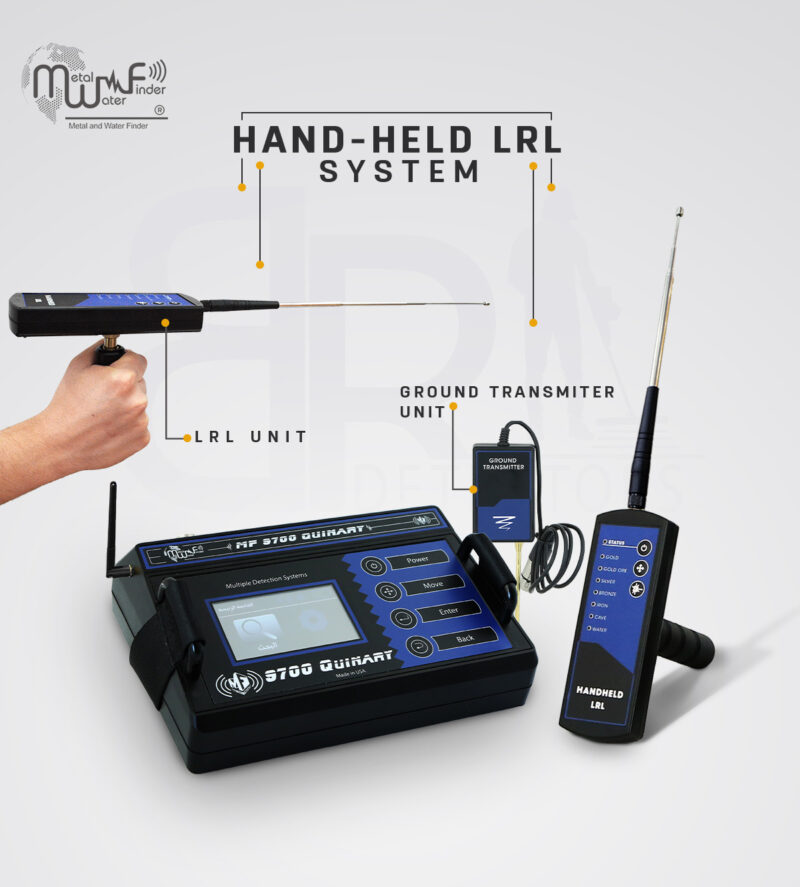Gold prospecting has come a long way from the days of simple pans and shovels. Today, advanced technology is reshaping how treasure hunters and professionals search for hidden wealth. One of the most exciting innovations is the 3D scanner gold detector, a tool that promises not just detection but also accurate visualization of underground targets. The question many ask is whether these advanced machines truly improve accuracy—or are they just a modern gimmick? Let’s explore what makes them different and how they might change the way you search for gold.
Understanding the Role of 3D Scanners
Traditional detectors rely heavily on audio signals and numerical indicators to hint at what lies beneath the soil. While effective, this approach can sometimes lead to misinterpretation, especially in mineral-rich areas. A 3d scanner gold detector, however, adds an entirely new dimension by providing a visual scan of underground layers. This allows prospectors to see approximate shapes, sizes, and depths of targets before digging, drastically reducing false positives.
The accuracy comes from advanced sensors and software that map out the ground, helping you differentiate between natural mineral formations and potential treasures. For anyone who has wasted hours digging up iron debris, this level of detail feels like a breakthrough.
Highlighting the MF 9700 Q
Among the innovations in this category, the MF 9700 Q is a standout product. This detector combines advanced 3D imaging with multiple search systems, giving prospectors a versatile tool for diverse environments. It not only scans the ground in detail but also provides layered visuals, making it easier to identify whether a signal is worth pursuing.
The MF 9700 Q offers long-range sensing and deep scanning capabilities, ensuring you don’t just detect surface-level finds but also gold deposits buried meters below. Its precision-focused design reflects how serious prospecting has become, moving beyond guesswork into science-backed exploration.
The Advantages of 3D Visualization
Accuracy in gold detection isn’t just about finding targets—it’s about minimizing wasted effort. A 3D scanner allows you to visualize underground anomalies before committing energy and time to excavation. For professionals working in tough environments, this can mean the difference between a productive day and hours of frustration.
This technology also allows for better documentation of searches. Visual scans can be saved, reviewed, and compared over time. For serious prospectors who treat gold hunting as both a business and a passion, having detailed records is a valuable advantage.
Improved Depth Estimation
Depth is one of the most challenging aspects of gold detection. Traditional detectors may alert you to a target but struggle to estimate how deep it really is. 3D scanner detectors provide more reliable depth measurements by analyzing layers of soil composition and electromagnetic responses.
This means less unnecessary digging and more precise recovery of valuable finds. For prospectors, saving energy and focusing on the right spots is key to long-term success.
Reducing False Signals
Mineralized soil, hot rocks, and environmental interference often confuse standard detectors. 3D scanners reduce these challenges by filtering out much of the background “noise” and presenting clearer signals. While no detector is flawless, the added layer of visual confirmation drastically reduces errors.
Imagine standing in a rocky field where a standard detector beeps constantly. A scanner-based device can confirm whether those signals are real targets or just mineral interference. This ability to filter is one of the biggest reasons 3D scanners are gaining popularity.
Practical Use in Gold Prospecting
For beginners, a 3D scanner gold detector might seem intimidating. But many modern devices are designed with user-friendly interfaces, offering touchscreens and clear displays. This makes it easier to interpret scans, even for those new to prospecting.
Professionals, on the other hand, appreciate the reliability. In regions where gold is buried under layers of rock or in deep soil, the scanner’s ability to “see” through the ground gives a major advantage. It transforms prospecting from a trial-and-error approach into a methodical process backed by technology.
Are They Worth the Investment?
It’s fair to say that 3D scanners come at a higher price point compared to traditional detectors. However, for those serious about accuracy, the return on investment can be significant. Less wasted time, fewer false digs, and more precise results justify the cost for many professionals.
Detectors like the MF 9700 Q prove that when technology is used properly, it doesn’t just add convenience—it fundamentally changes the effectiveness of gold hunting. For anyone aiming to maximize their chances of finding gold, the question is less about cost and more about value.
Conclusion
So, can a 3D scanner gold detector improve accuracy? The answer is yes—substantially. By combining traditional detection methods with advanced 3D visualization, these machines reduce false signals, improve depth estimation, and make prospecting more efficient. Tools like the MF 9700 Q highlight how modern technology can push the boundaries of what’s possible in gold detection.
For prospectors willing to invest, a 3D scanner isn’t just another gadget—it’s a powerful ally in the search for hidden treasures. Accuracy is the key to successful gold hunting, and with scanners leading the way, the future of prospecting looks more precise than ever.




